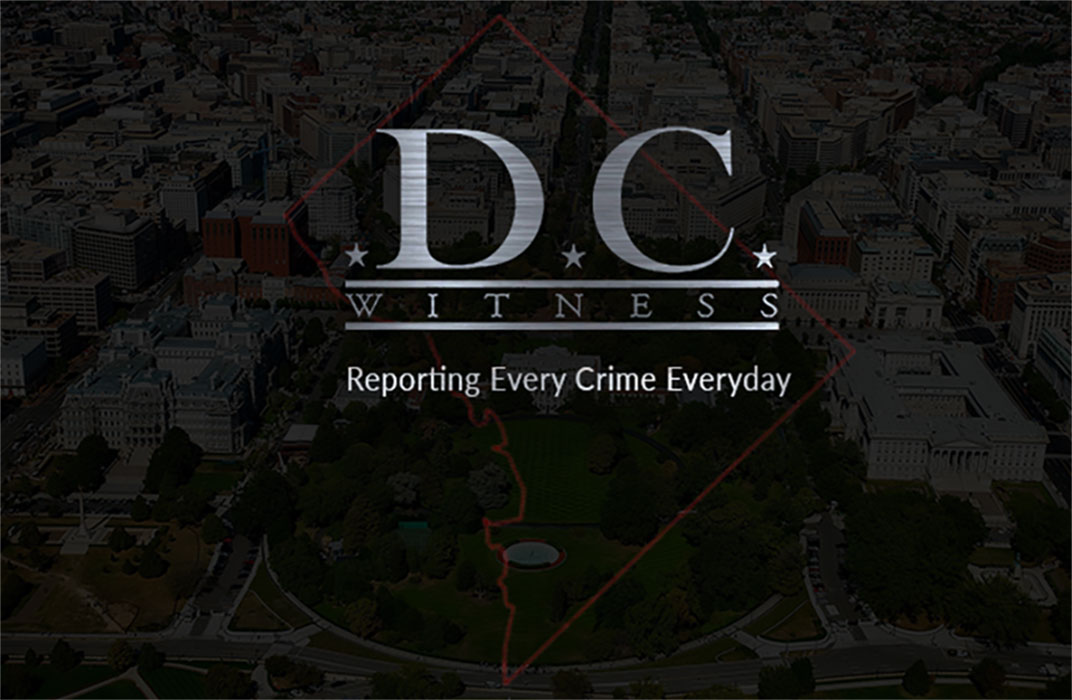
Thank you for reading D.C. Witness. Help us continue our mission into 2024.
Donate NowBy
Ayoola Fadahunsi [former]
- July 18, 2023
Daily Stories
|
Non-Fatal Shooting
|
Shooting
|
Suspects
|
On July 18, DC Superior Court Judge Anthony Epstein found probable cause that a defendant was engaged in a mass shooting.
Byron Matthews,18, is charged with two counts of assault with intent to kill and possession of a firearm during a crime of violence for allegedly aiding and abetting a mass shooting, April 21, on the 500 block of LeBaum Street, SE and 2900 block of 2nd Street, SE.
According to court documents, Matthews drove between two crime scenes assisting three unknown accomplices commit the shootings.
Prosecutors called a Metropolitan Police Department (MPD) detective to the stand to review fourteen closed circuit TV recordings of events before and after the shooting.
In one of the videos, a blue Mercedes Benz is seen crossing the street, soon after, dozens of gunshots are heard. The video then shows four individuals parking the Mercedes Benz in a lot and leaving.
The detective described an anonymous tip about a suspicious vehicle that matched the car shown in the video. Matthews’ phone was allegedly found in the vehicle, along with bullet casings, and a ski mask.
According to the detective, Matthews called the police nearly two hours after the shooting, and reported a kidnapping and armed robbery earlier that day.
According to court documents, Matthews told police that he was held at gunpoint, and robbed of his phone, some cash, and a ski mask. He further described the car of the perpetrator as a dark-colored, old Mercedes Benz sedan.
Detectives did not find any evidence supporting his claim.
Court documents further revealed that Matthews violently resisted arrest when he was questioned about the inconsistencies in his story.
The detective suggested that the story was a coverup, as video evidence showed the four suspects walking back in the direction of the abandoned car following the shooting.
The detective noted that at the time they were walking back to the car, authorities were already on the site, suggesting that Matthews saw the authorities and created a cover story as a result.
Furthermore, the detective stated that the shell casings found in the car matched the ones found at the scenes of the shooting, connecting the car to the shooting.
When questioned by the defense whether anyone identified Matthews as the shooter, the lead detective answered no. No witnesses identified the defendant as the shooter only providing vague descriptions.
All four of the suspects were wearing ski masks, obstructing their faces.
The defense argued that there was no probable cause in this case because of the prosecutor’s “circumstantial and weak” case that failed to connect Matthews to the shooting. Nor is there evidence of aiding and abetting a crime.
The prosecution urged the court to look at the alleged actions of the defendant and that the number of shots, dozens, on its own, establishes intent. She argued that Matthews created a “phony cover story to cover his tracks.”
Judge Epstein found that prosecutors established probable cause Matthews committed the crime and that he fabricated an alibi.
Molly Bunke and Varsha Govindaraju, Matthews’ defense attorneys, asked that he be placed under home confinement with his mother, where he would participate in summer school, receive therapy, and participate in a treatment plan.
The defense emphasized Matthews’ desires to complete the five-and-a-half remaining credits for his high school diploma, which would allow him to start college in the fall since he has already been accepted.
Matthews said he was excited about completing his education.
The prosecutors asked for detention based on the Matthew’s history.
Judge Epstein ruled that Matthews would remain detained saying that “under the law, held on clear and convincing evidence, there is flight risk or danger evidence that [Matthews] would be a danger to the community.”
A status hearing is slated for Aug. 18.
Follow this case